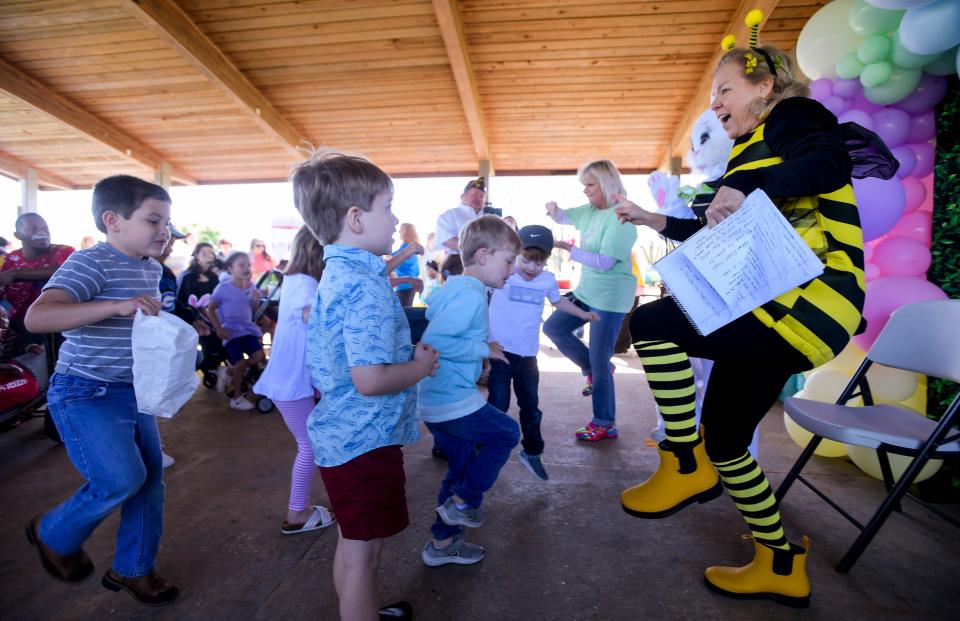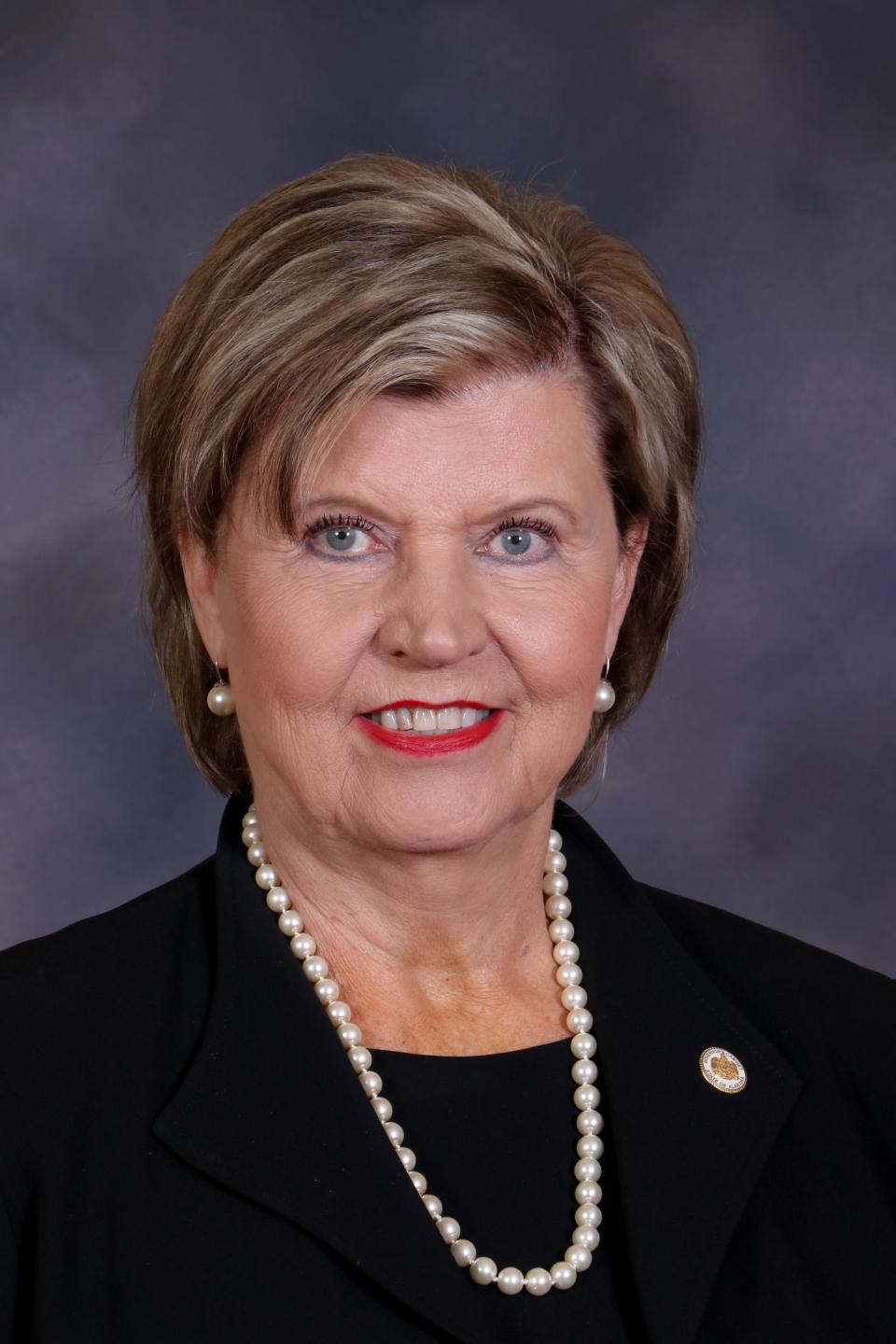Alabama ranks among the worst states for childhood well-being, clocking in at No. 45 according to a new report from the child advocacy group VOICES for Alabama’s Children. The only states that fall below Alabama are Oklahoma, Nevada, Mississippi, Louisiana and New Mexico.
Funded by the Baltimore-based Annie E. Casey Foundation, VOICES releases the Alabama Kids Count Data Book annually to help policymakers and researchers understand how children are growing up in the state and identify areas in need of improvement.
For the last 30 years, the report has tracked trends in children's health, education, safety and economic security across all of Alabama’s 67 counties.
“Data is a benchmark of where we are and where we have been and sets the stage for transformation,” Alabama Kids Count Director Apreill Hartsfield said in a statement. “We note the changes such as the decrease in child population and the growing diversity among our children. We celebrate the areas of improvement including the increase in health care coverage and early intervention services and the decrease in teens not attending school and not working (idle teens). And we raise awareness about opportunities for improvement, including infant deaths, child poverty and food insecurity.”
Here are the top takeaways from the 102-page report:
1. More kids are going into foster care.
Since 2015, the number of children entering foster care has increased by 16.3 percent, according to the report. The leading reason for kids entering the foster system has been “substance abuse by the parents.”
The good news is that the number of annual adoptions each year is going up. According to a statement from Alabama Department of Human Resources Commissioner Nancy Buckner, the department facilitated more than 700 adoptions in 2023. Thirty years ago, that number was closer to 100.
DHR responded to around 23,600 abuse and neglect cases in the last year, but Buckner reported that this number has fallen from 40,000 in 1993.
In 2022, about 35,932 children were subject to an investigated abuse and neglect report in Alabama.
2. More kids are living in poverty.
Since 2000, child poverty has been steadily climbing in Alabama, and Black and Hispanic children are being affected at two times the rate of white children.
In 2023, more than 245,000, about 22.3 percent, of the state’s children were living in poverty. The Data Book classifies nearly half of those children as being in “extreme poverty.”
Of those kids in “extreme poverty,” 13.5 percent are white, 38.3 percent are Black and 36.7 percent are Hispanic.
“Diving into the county-specific data, even though the average household income in the state is $53,990 a year or $25.96 per hour, the median household income in at least six Alabama counties is below the hourly rate needed to rent a two bedroom apartment,” the report states, citing the Public Affairs Research Council of Alabama.
3. Education statistics are improving compared to other states.
Alabama is the only state that has shown improvement in both reading and math since the COVID-19 pandemic, according to the report. It cites the Nation’s Report Card, in which Alabama rose several spots in reading and math in the most recently available rankings from 2022.
In 2019, Alabama fourth graders ranked last in the country in math and No. 49 in reading. In 2023, Alabama moved up to No. 40 in math and 39 in reading. Still, VOICES couched this improvement with the likelihood that it was inflated by other states performing poorly.
State Superintendent Eric Mackey credits the Alabama Literacy Act with the reading gains.
“Every child’s potential is a reflection of the opportunities we provide — education, healthcare and a supportive family create the foundation for a brighter future, shaping not just our children but the destiny of our communities as well,” State Superintendent Eric Mackey said in a statement included in the Data Book.
Still, the percent of fourth graders in Alabama who are not proficient in reading remains high at 72 percent, marking no change since 2019. Also, the percent of eighth graders not proficient in math is up from 79 percent in 2019 to 81% last year.
4. Child well-being tends to be worse in rural Alabama.
Alabama’s rural Black Belt counties fare the worst in child well-being, taking 13 out of the 15 lowest rankings. The bottom counties include Perry, Wilcox, Greene, Bullock, Sumter, Dallas, Hale, Pickens, Butler, Lowndes, Barbour, Macon and Marengo.
The county-specific rankings were determined by several key indicators, like births to teens aged 15-17, child poverty and unemployment rates.
Data included in the report also demonstrates a disparity in healthcare access between rural Alabama and the rest of the state.
“More children have health insurance since the 1990s, but depending on where children live in the state, fewer have access to health care due to the shrinking number of healthcare facilities and resources, particularly in rural areas,” VOICES director Rhonda Mann wrote in the Data Book.
Hadley Hitson covers children's health, education and welfare for the Montgomery Advertiser. She can be reached athhitson@gannett.com.To support her work,subscribe to the Advertiser.
This article originally appeared on Montgomery Advertiser: 4 things to know about Alabama kids' the well-being from new report


